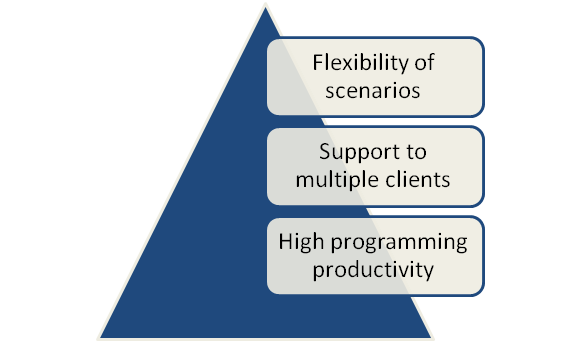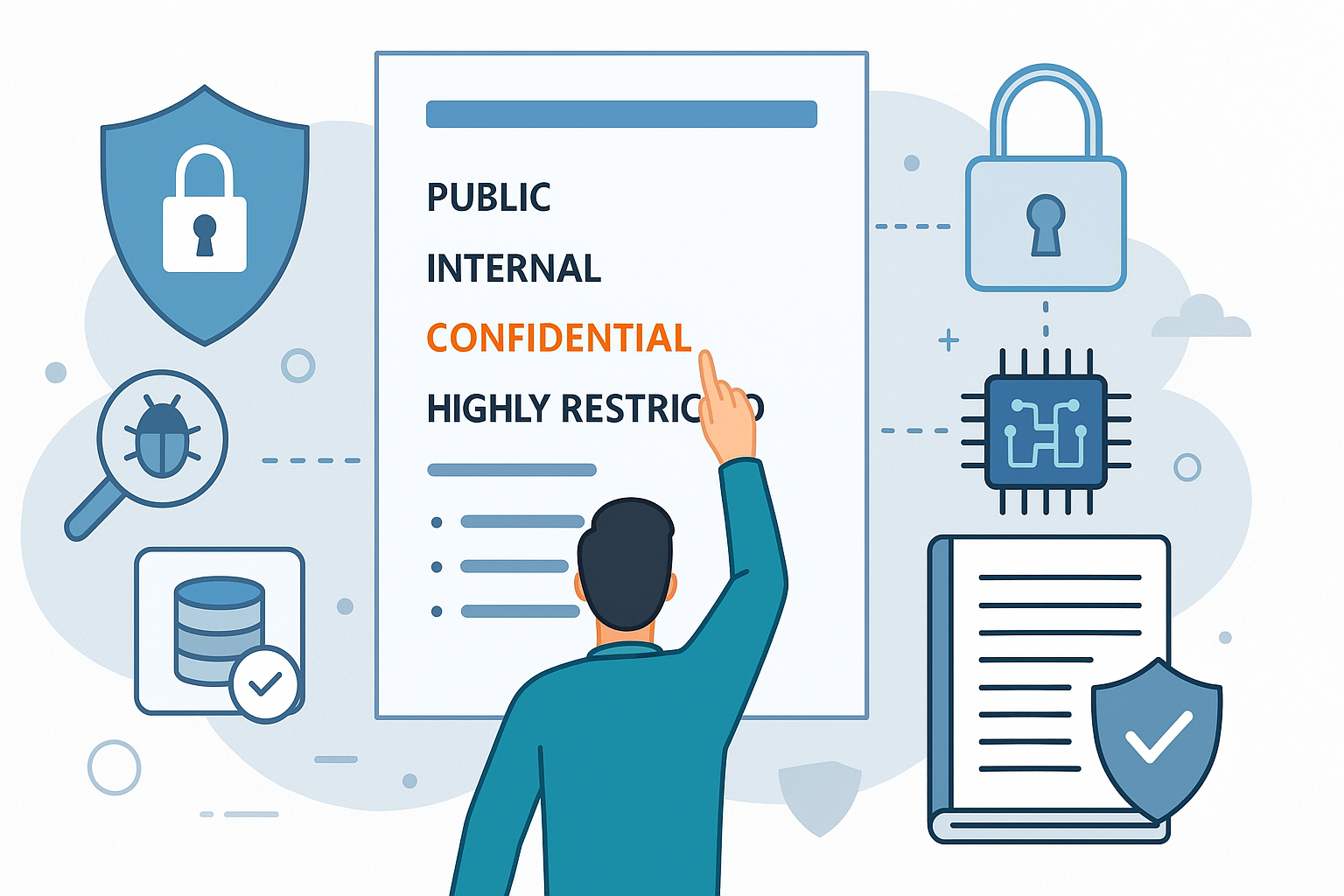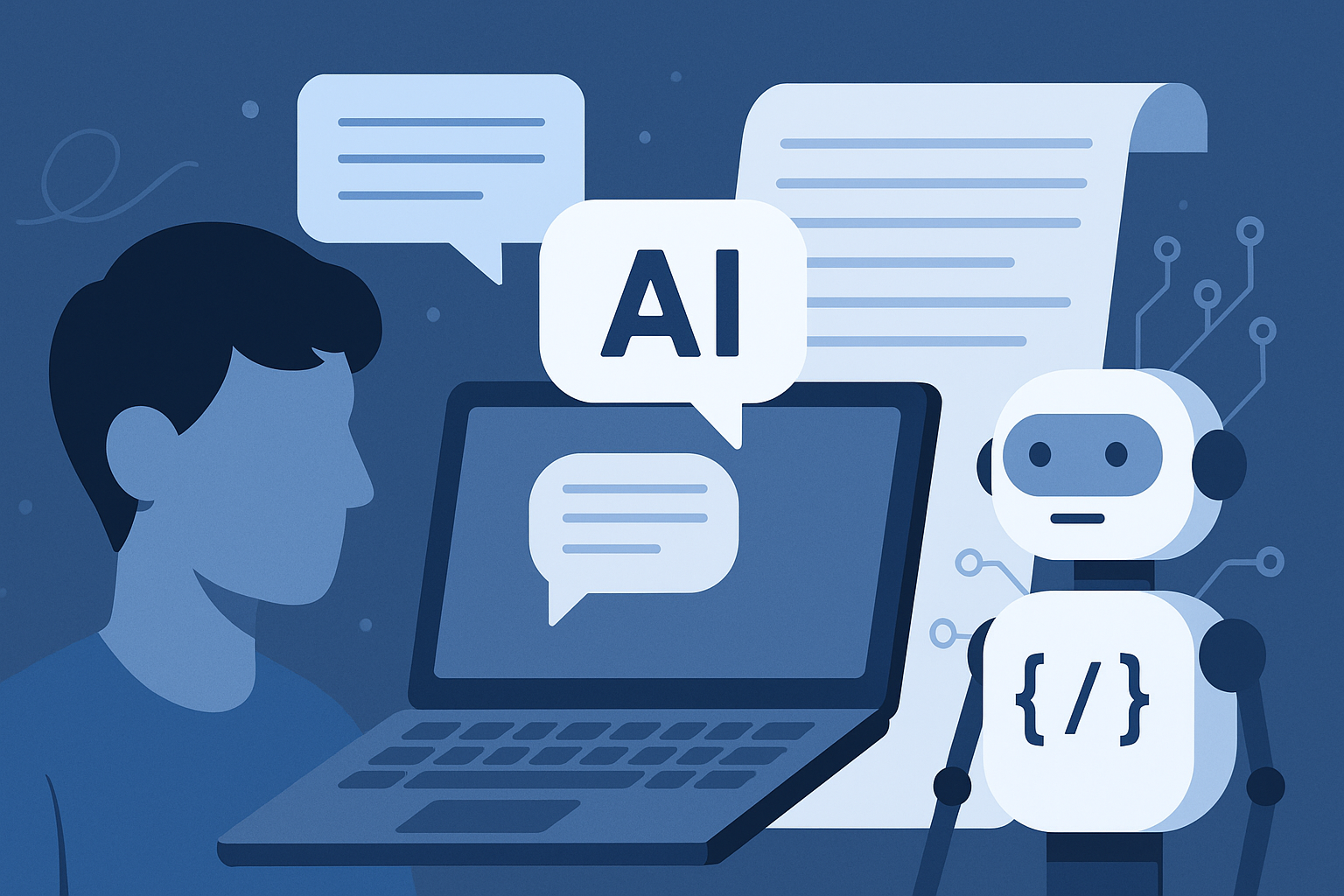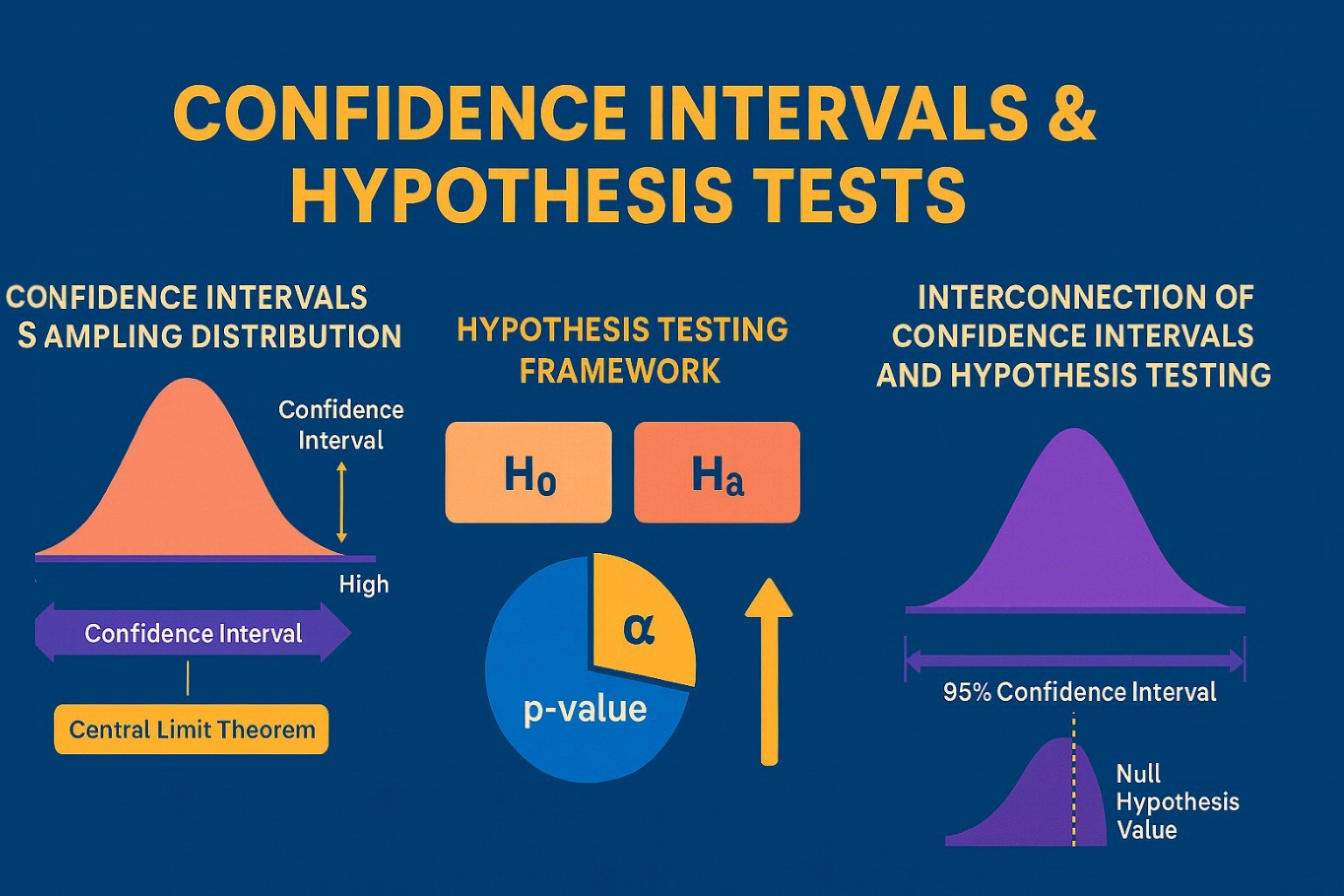Why Use J2EE For Distributed Multi-tiered Applications
J2EE undoubtedly offers one of the most suitable platforms for distributed and multi-tiered applications. But the pertinent question is what makes it so suitable for such multi-tiered applications? The answer lies right here! The app logic of J2EE is fragmented into different components according to the functions to be carried out. Depending on the tier of the machine on which it is installed, J2EE creates an environment to which the component belongs.
Parts of J2EE Applications
The components of client-tiers usually run on the client machines while the web-tier components run on the J2EE server. In addition; all the business-tier components also run on the main server. On the other hand, the EIS or the Enterprise Information System-tier runs on the EIS server.
Understanding J2EE
Basically, J2EE is one of the environments that help in developing as well as deploying the enterprise level applications. It consists of a host of services and also the application programming interfaces along with protocols that help the functionality of the system. In addition; it also helps to run the multi-tiered and web based applications using the system conveniently.
Specific Components of the App
It would be interesting learning about the specific components of the app. In essence J2EE is a self-contained as well as functional software. It has been assembled into the present form using related classes and files and it communicates with other components. Following are the specific components of the application.
- Client applications and applets in them
- JSP or Java Server Pages and servlets, technological, and web components
- Enterprise Java Beans are the business components in the applications
- EIS as well as the tool vendors offer resource adapter components

Enterprise JavaBeans Component Features
Basic components of the Enterprise JavaBeans are business code that constitutes the logic taking care of the particular requirements of the end user. It also takes care of business domain functions such as banking, retail, finance and others. All these are handled appropriately in the business tier level by the application. Usually, all business codes are contained within the enterprise JavaBeans receiving data from the various client programs. The data so received are processed there and finally sent to the enterprise information system tier for storing them. Besides storing data in such manner, the Enterprise JavaBeans can also retrieve data from the store as and when necessary which it sends back to the client programs.
J2EE is Not Solely Dependent on the Web
One of the pertinent questions for the end user is whether the Enterprise JavaBeans is dependent for functioning on the web alone or in other words whether the application is only web based? It is not and it depends on the type of applications necessitated by the client. Thus, J2EE could be either web based or non-web based. It can easily provide ways for the users to handle different tasks including the system itself or the application administration. Normally the application comes with a GUI or Graphical User Interface that can be created from the Swing or the AWT APIs as the case might be. When a servlet is running in the web tier, the application can also establish HTTP connection with the same.
JavaBeans and J2EE
A question for the developers and end users alike is whether JavaBeans are also the components of J2EE? The answer is simple. While the JavaBeans complement the functionalities of J2EE they are not the integral components of it. JavaBeans are written for the purpose of managing the data flow that exists between the application client and applet or with the components of J2EE platform with a database. Components of JavaBeans that are written for the platform offered by J2EE contain instance variables and therefore, get set methods for data access existent in the instance variables. Use of JavaBeans components in the J2EE application platform is simple in terms of both designing as well as implementation.
The only requirement for the users is to ensure that the naming and designing conventions outlined in the JavaBeans are followed suitably. Once this is accomplished the J2EE platform can be suitably used for multi-tiered applications.
Find a course provider to learn J2EE
Java training | J2EE training | J2EE Jboss training | Apache JMeter trainingTake the next step towards your professional goals in J2EE
Don't hesitate to talk with our course advisor right now
Receive a call
Contact NowMake a call
+1-732-338-7323Enroll for the next batch
j2ee certification course online
- Dec 8 2025
- Online
j2ee certification course online
- Dec 9 2025
- Online
j2ee certification course online
- Dec 10 2025
- Online
j2ee certification course online
- Dec 11 2025
- Online
j2ee certification course online
- Dec 12 2025
- Online
Related blogs on J2EE to learn more

Google facelifts the V8 JavaScript with cool new features!
Being a product of Google and an open-source resource, the V8 JavaScript engine is already transforming the server-side JavaScript development at a wide scale. Now the recently released version 5.1 is shipped with exciting cool new features that obvi
Latest blogs on technology to explore

From Student to AI Pro: What Does Prompt Engineering Entail and How Do You Start?
Explore the growing field of prompt engineering, a vital skill for AI enthusiasts. Learn how to craft optimized prompts for tools like ChatGPT and Gemini, and discover the career opportunities and skills needed to succeed in this fast-evolving indust

How Security Classification Guides Strengthen Data Protection in Modern Cybersecurity
A Security Classification Guide (SCG) defines data protection standards, ensuring sensitive information is handled securely across all levels. By outlining confidentiality, access controls, and declassification procedures, SCGs strengthen cybersecuri

Artificial Intelligence – A Growing Field of Study for Modern Learners
Artificial Intelligence is becoming a top study choice due to high job demand and future scope. This blog explains key subjects, career opportunities, and a simple AI study roadmap to help beginners start learning and build a strong career in the AI

Java in 2026: Why This ‘Old’ Language Is Still Your Golden Ticket to a Tech Career (And Where to Learn It!
Think Java is old news? Think again! 90% of Fortune 500 companies (yes, including Google, Amazon, and Netflix) run on Java (Oracle, 2025). From Android apps to banking systems, Java is the backbone of tech—and Sulekha IT Services is your fast track t

From Student to AI Pro: What Does Prompt Engineering Entail and How Do You Start?
Learn what prompt engineering is, why it matters, and how students and professionals can start mastering AI tools like ChatGPT, Gemini, and Copilot.

Cyber Security in 2025: The Golden Ticket to a Future-Proof Career
Cyber security jobs are growing 35% faster than any other tech field (U.S. Bureau of Labor Statistics, 2024)—and the average salary is $100,000+ per year! In a world where data breaches cost businesses $4.45 million on average (IBM, 2024), cyber secu

SAP SD in 2025: Your Ticket to a High-Flying IT Career
In the fast-paced world of IT and enterprise software, SAP SD (Sales and Distribution) is the secret sauce that keeps businesses running smoothly. Whether it’s managing customer orders, pricing, shipping, or billing, SAP SD is the backbone of sales o

SAP FICO in 2025: Salary, Jobs & How to Get Certified
AP FICO professionals earn $90,000–$130,000/year in the USA and Canada—and demand is skyrocketing! If you’re eyeing a future-proof IT career, SAP FICO (Financial Accounting & Controlling) is your golden ticket. But where do you start? Sulekha IT Serv

Train Like an AI Engineer: The Smartest Career Move You’ll Make This Year!
Why AI Engineering Is the Hottest Skillset Right Now From self-driving cars to chatbots that sound eerily human, Artificial Intelligence is no longer science fiction — it’s the backbone of modern tech. And guess what? Companies across the USA and Can

Confidence Intervals & Hypothesis Tests: The Data Science Path to Generalization
Learn how confidence intervals and hypothesis tests turn sample data into reliable population insights in data science. Understand CLT, p-values, and significance to generalize results, quantify uncertainty, and make evidence-based decisions.